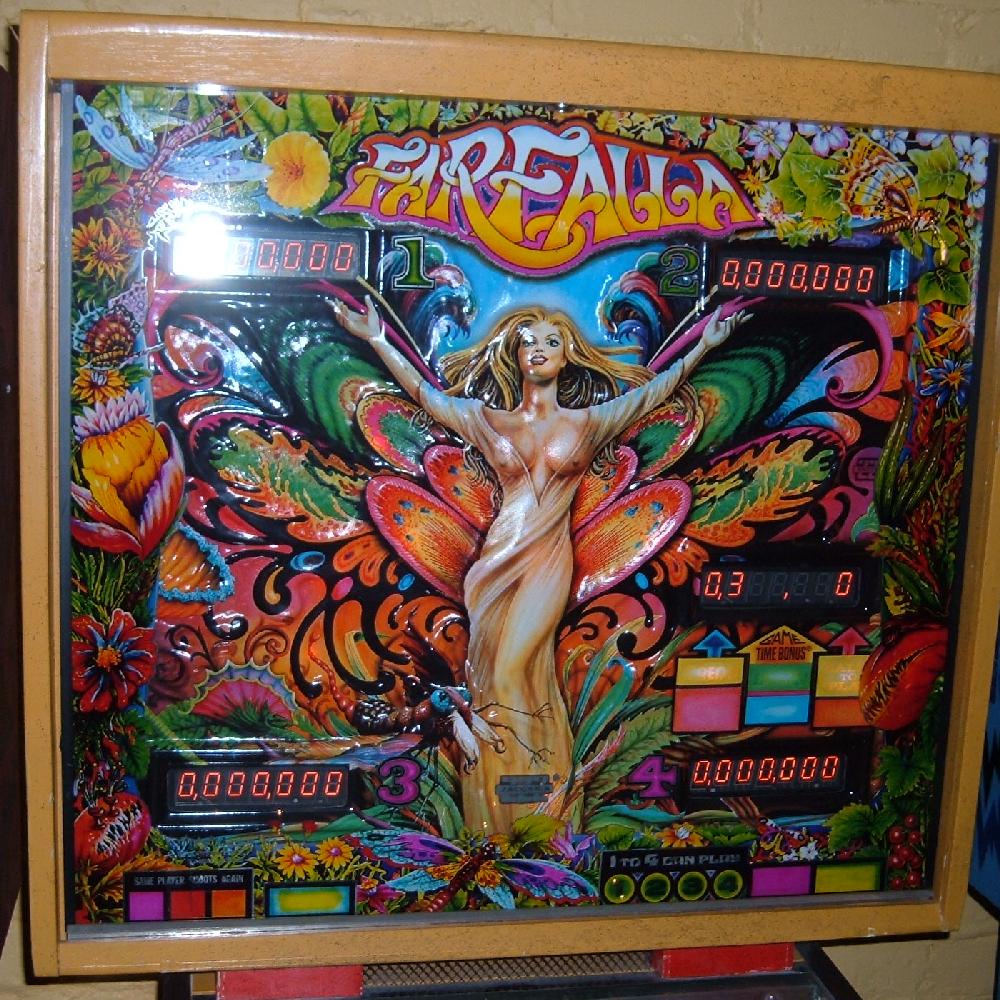

Games played outdoors by rolling balls or stones on a grass course, such as bocce or bowls, eventually evolved into various local ground billiards games played by hitting the balls with sticks and propelling them at targets, often around obstacles. The origins of pinball are intertwined with the history of many other games. History Pre-modern: Development of outdoor and tabletop ball games 1.8 1980s and 1990s: Pinball in the digital age.1.7 1970s: Solid-state electronics and digital displays introduced.1.5 1933: Electrification and active bumpers introduced.

1.3 1869: Spring launchers become mainstream.1.2 Late 1700s: Spring launcher invented.1.1 Pre-modern: Development of outdoor and tabletop ball games.Secondary objectives are to maximize the time spent playing (by earning "extra balls" and keeping the ball in play as long as possible) and to earn bonus games (known as "replays"). A game ends after all the balls fall into the drain a certain number of times. A drain is situated at the bottom of the play field, partially protected by player-controlled plastic bats called flippers. Points are earned when the ball strikes different targets on the play field. Many modern pinball machines include a story line where the player must complete certain objectives in a certain fashion to complete the story, usually earning high scores for different methods of completing the game. The primary objective of the game is to score as many points as possible. Pinball is a type of arcade game, in which points are scored by a player manipulating one or more steel balls on a play field inside a glass-covered cabinet called a pinball machine (or "pinball table"). For other uses, see Pinball (disambiguation).


 0 kommentar(er)
0 kommentar(er)
